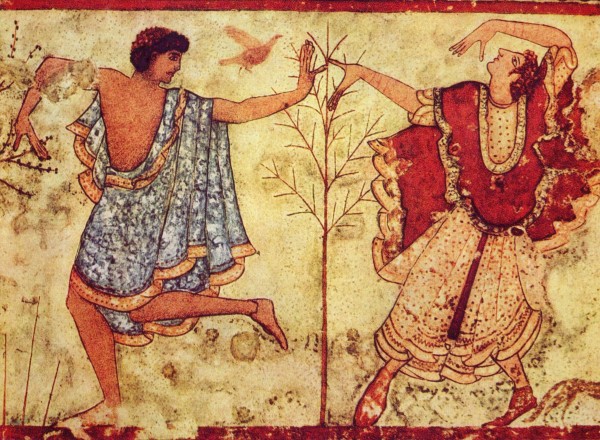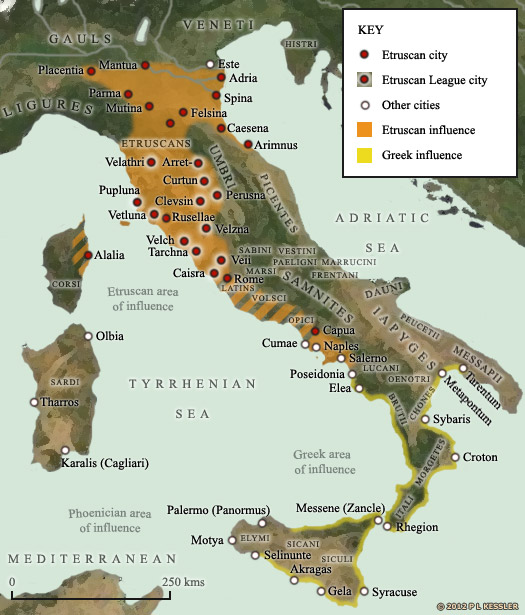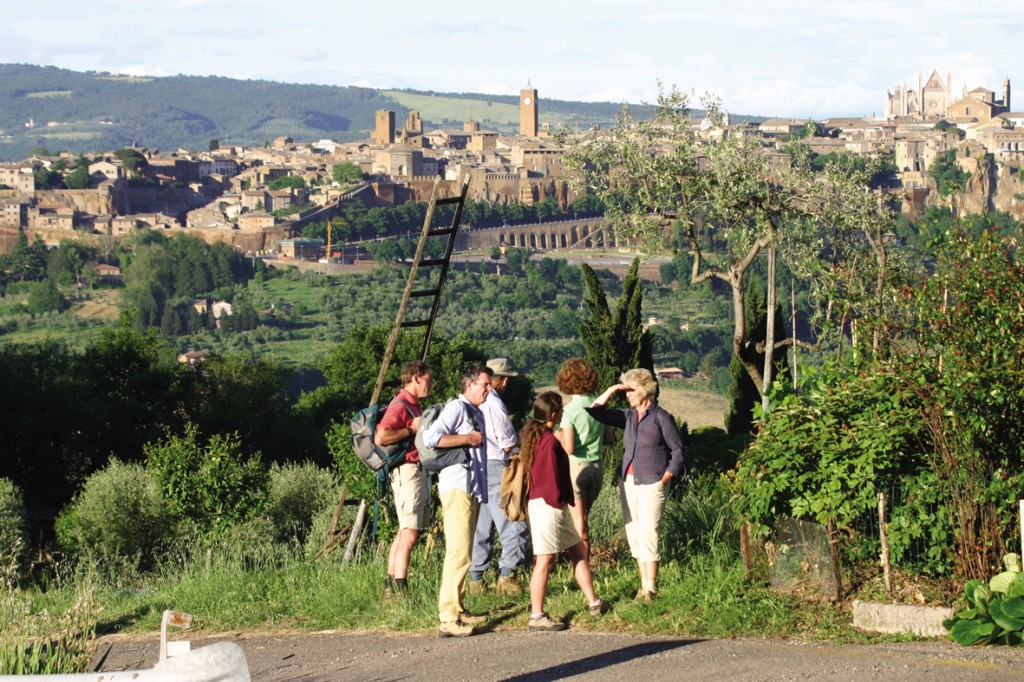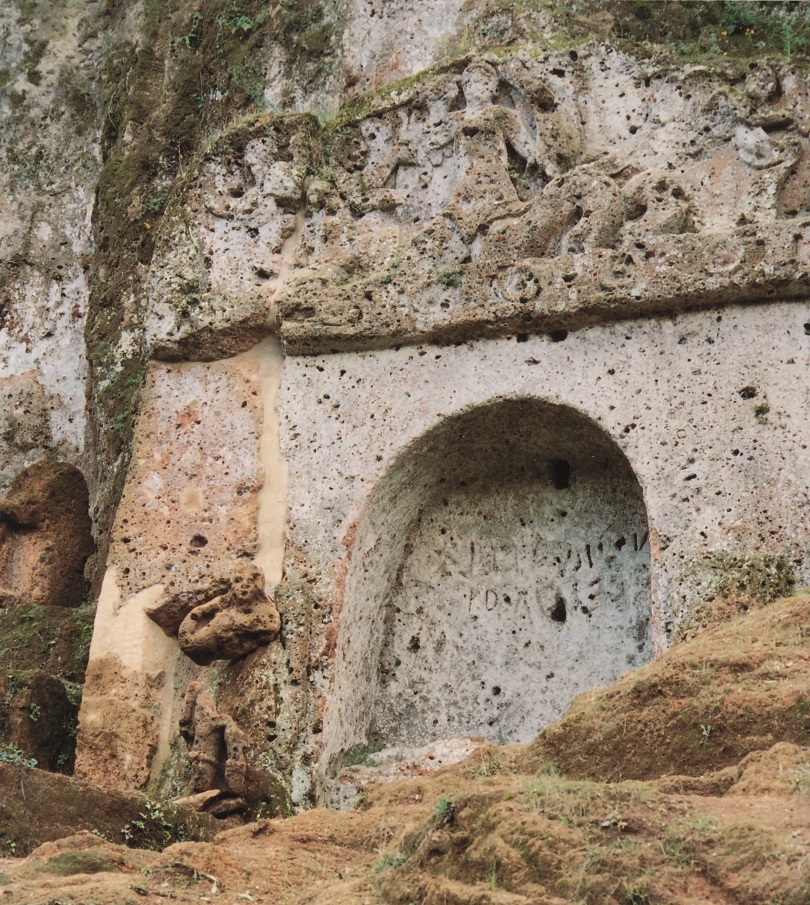Find out on our all-inclusive Escorted tour Unknown Tuscany: (24-31 May), or on our Independent Footloose route: Etruscan Lanes to Orvieto (open April-October).
By 850 BC new cultural influences in the peoples of central western Italy had developed into a distinctive civilisation – that of the Etruscans. Their origins, however, remain unknown, together with their language – which is unrelated to any other.
They occupied much of the area to the west of the Apennines between Florence and Rome, which was ruled by 12, culturally distinct, Etruscan city states. They were renowned traders on land and sea. They controlled lucrative salt routes in Italy, and their fleets traded throughout the Mediterranean, where they also established trading out-posts.
They were skilled craftsmen in wood, metal and stone – and renowned builders, planners and innovators – responsible for invention of mortar, the barrel arch, central heating, town planning and organised bureaucracy. Etruscans were also one of the ‘three tribes of Rome’, and an Etruscan king of Rome laid out the city’s foundations.
Roman assimilation of the 12 Etruscan city states (396-198 BC) established the economic base from which the Roman Empire rapidly expanded, and spread achievements of Etruscan civilisation throughout the Western world.
Magnificent approach to crag-top Orvieto, a major centre of Etruscan civilisation
The ATG trip follows 2,500-3,000-year-old, often spectacular Etruscan routes, between dramatically situated ancient walled towns, with picturesque Etruscan and medieval streets, comfortable hotels, good restaurants, and outstanding features from a fascinating past. An ATG Trust project funded restoration of the important Tomba delle Sirene (Tomb of the Sirens) at Sovana.
Tomb of the Sirens at Sovana – restored by the ATG Trust
Explore this fascinating area on our all-inclusive Escorted tour: Unknown Tuscany (24-31 May), or on our Independent Footloose route: Etruscan Lanes to Orvieto (open April-October).























 2025 Tours For an overview of 2025 dates, click here Idyllically located in unspoilt countryside between Siena – ‘the best-preserved,
2025 Tours For an overview of 2025 dates, click here Idyllically located in unspoilt countryside between Siena – ‘the best-preserved,  The Via Francigena, or ‘Frankish Road’, was the main road from Rome via the Great St Bernard Pass to territories
The Via Francigena, or ‘Frankish Road’, was the main road from Rome via the Great St Bernard Pass to territories 


